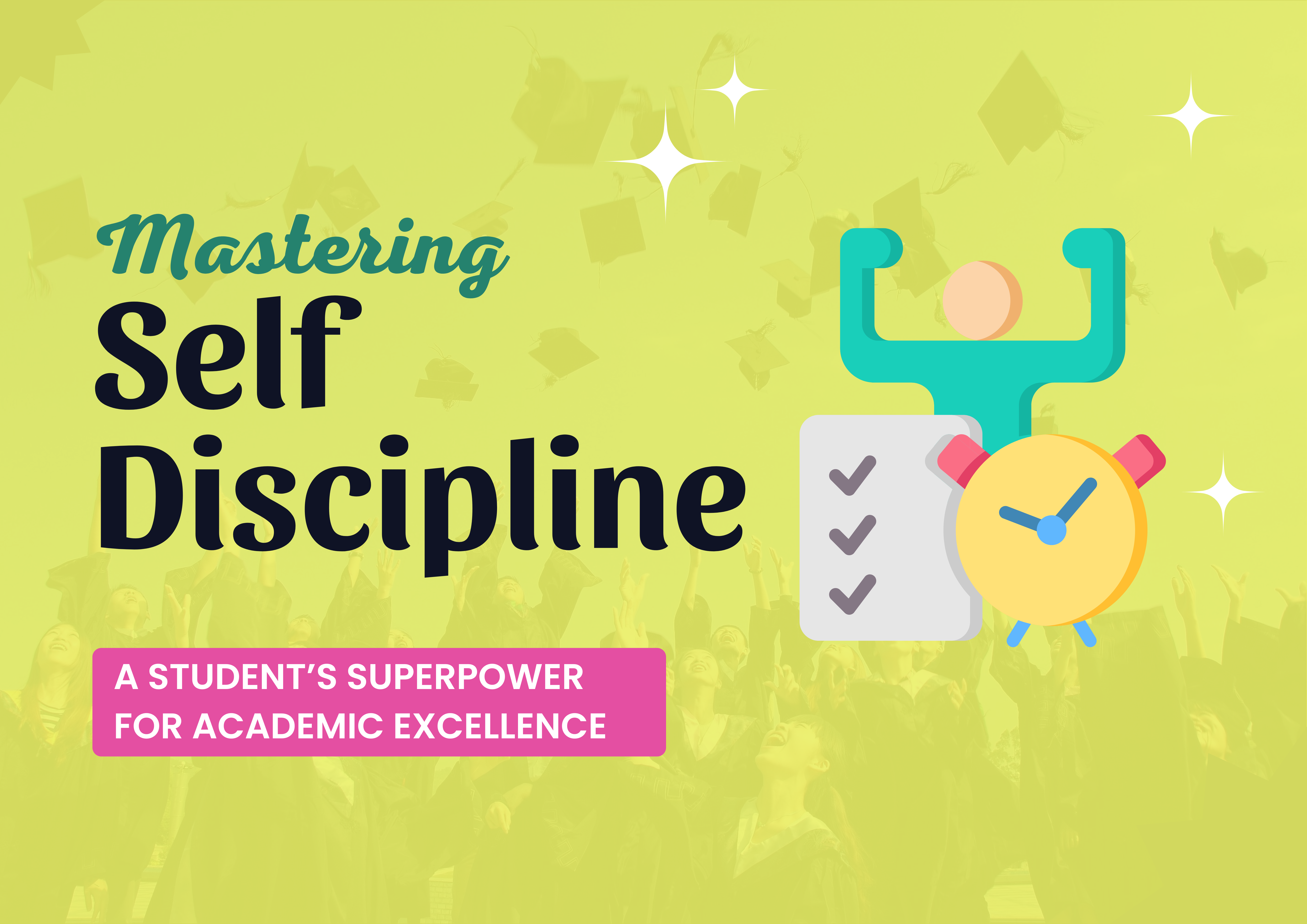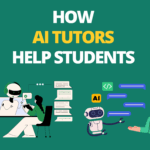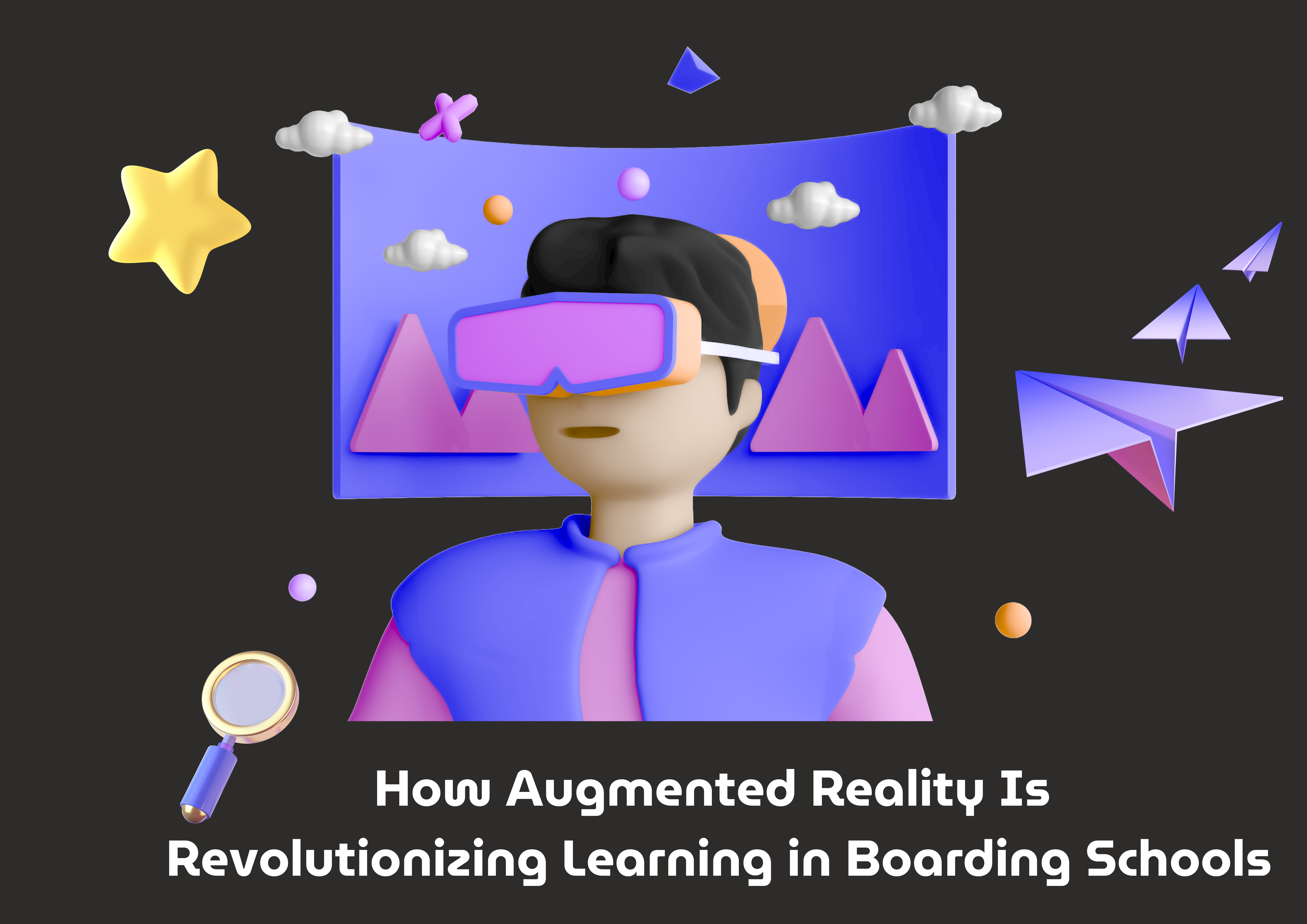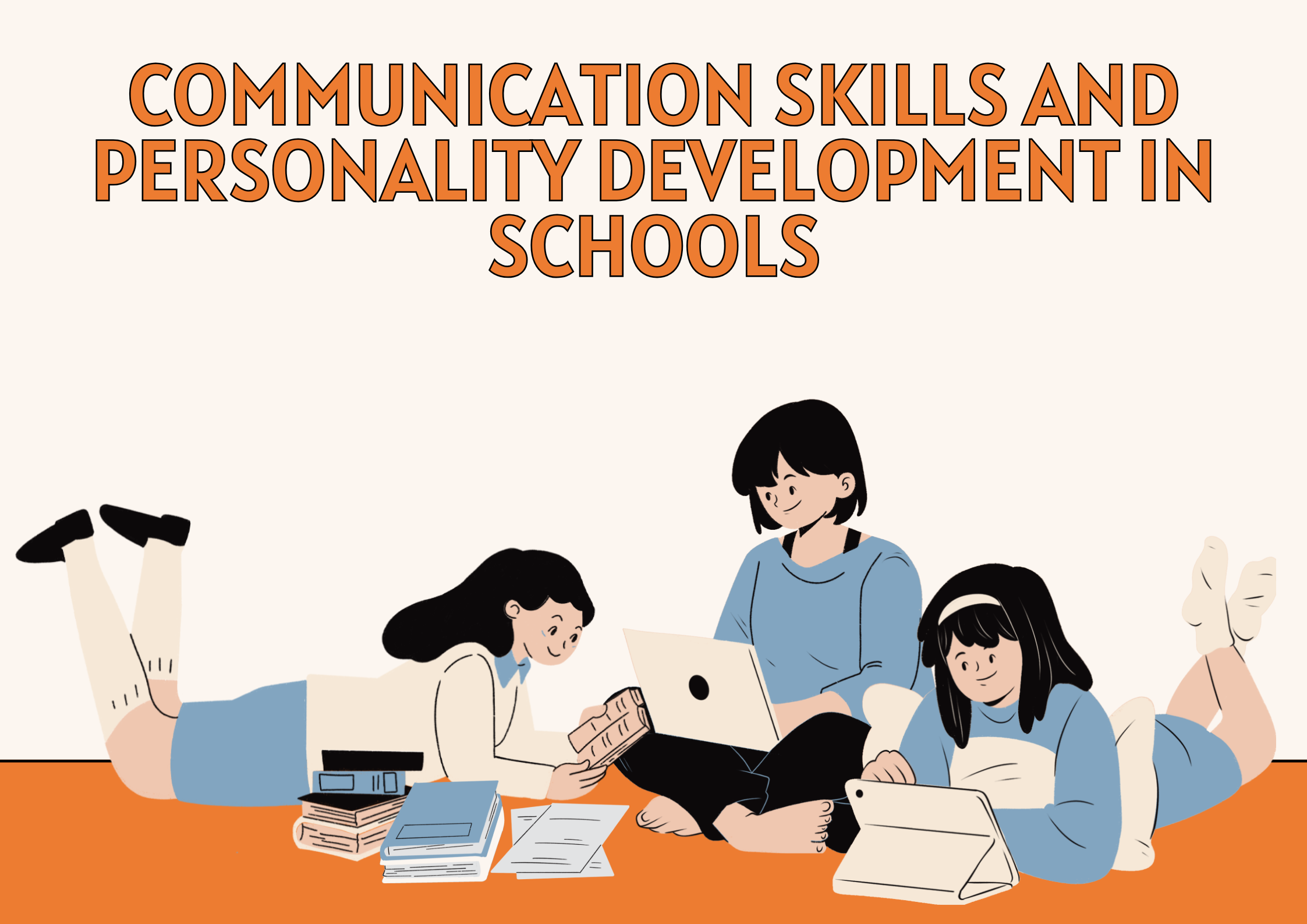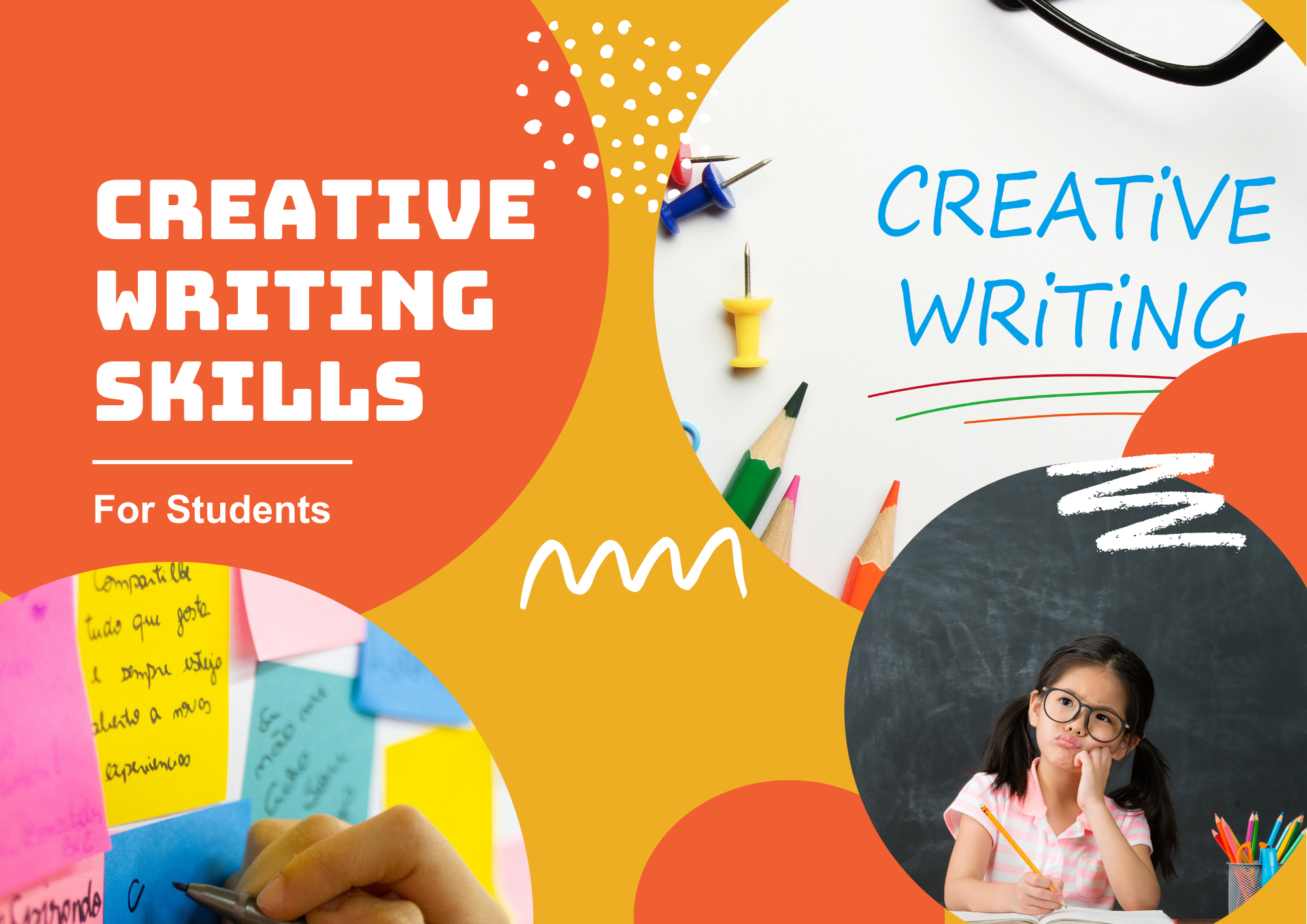In the rapidly evolving world of education, technology is playing a transformative role. Among the most exciting innovations is Augmented Reality in Learning, which is revolutionizing how students absorb and interact with information.
With the power to bring textbook concepts to life, augmented reality (AR) turns traditional classrooms into interactive learning environments that spark imagination, curiosity, and engagement.
Augmented Reality in the Context of Boarding Schools

In the structured and holistic environment of boarding schools in Dehradun, the introduction of AR tools has been nothing short of groundbreaking.
With extended access to both academic and extracurricular learning resources, boarding school students are well-positioned to benefit from immersive technologies.
Schools like Shri Ram Centennial School Dehradun are at the forefront, integrating Augmented Reality in Learning to support experiential education that goes beyond chalk-and-talk methods.
How AR Enhances the Learning Experience

Augmented Reality in Learning enables a 3D approach to education, where abstract topics become concrete and visual.
A biology lesson on the human heart can turn into a virtual dissection; a history class about ancient civilizations becomes an immersive walk through historical monuments. These experiences not only boost retention but also increase motivation to learn.
Key benefits include:
- Improved concept clarity through 3D visualization
- Increased student engagement and curiosity
- Personalized and self-paced learning experiences
- Reduction of cognitive overload through interactive models
Bridging the Gap Between Theory and Practice

One of the major advantages of Augmented Reality in Learning is its ability to bridge the gap between theoretical knowledge and real-world application.
For example, in science labs, AR can simulate dangerous experiments safely, helping students understand complex reactions without exposure to harm. In mathematics, geometric shapes can be visualized in 3D, improving spatial understanding.
AR supports deeper comprehension and fosters practical insight—an area where traditional education often falls short.
AR for Skill Development and Collaboration

AR isn’t just for academics. It also contributes to the development of 21st-century skills such as critical thinking, collaboration, and communication.
Through AR-enabled group projects, students work together in virtual spaces, solving problems, building models, or even designing solutions to real-life issues.
Augmented Reality in Learning nurtures these competencies in engaging ways, making education more holistic and relevant.
Accessibility and Inclusion

Another powerful feature of Augmented Reality is its ability to cater to diverse learning styles. Visual learners benefit from vivid imagery; kinesthetic learners engage through hands-on interaction; auditory learners can receive layered explanations through sound overlays.
This level of inclusivity ensures that every student, regardless of their learning preference, gets the opportunity to succeed.
Moreover, students with special needs can particularly benefit from AR’s interactive approach. For instance, language learners can visualize vocabulary through AR flashcards, and children with attention disorders can stay focused through gamified learning.
Challenges and Solutions
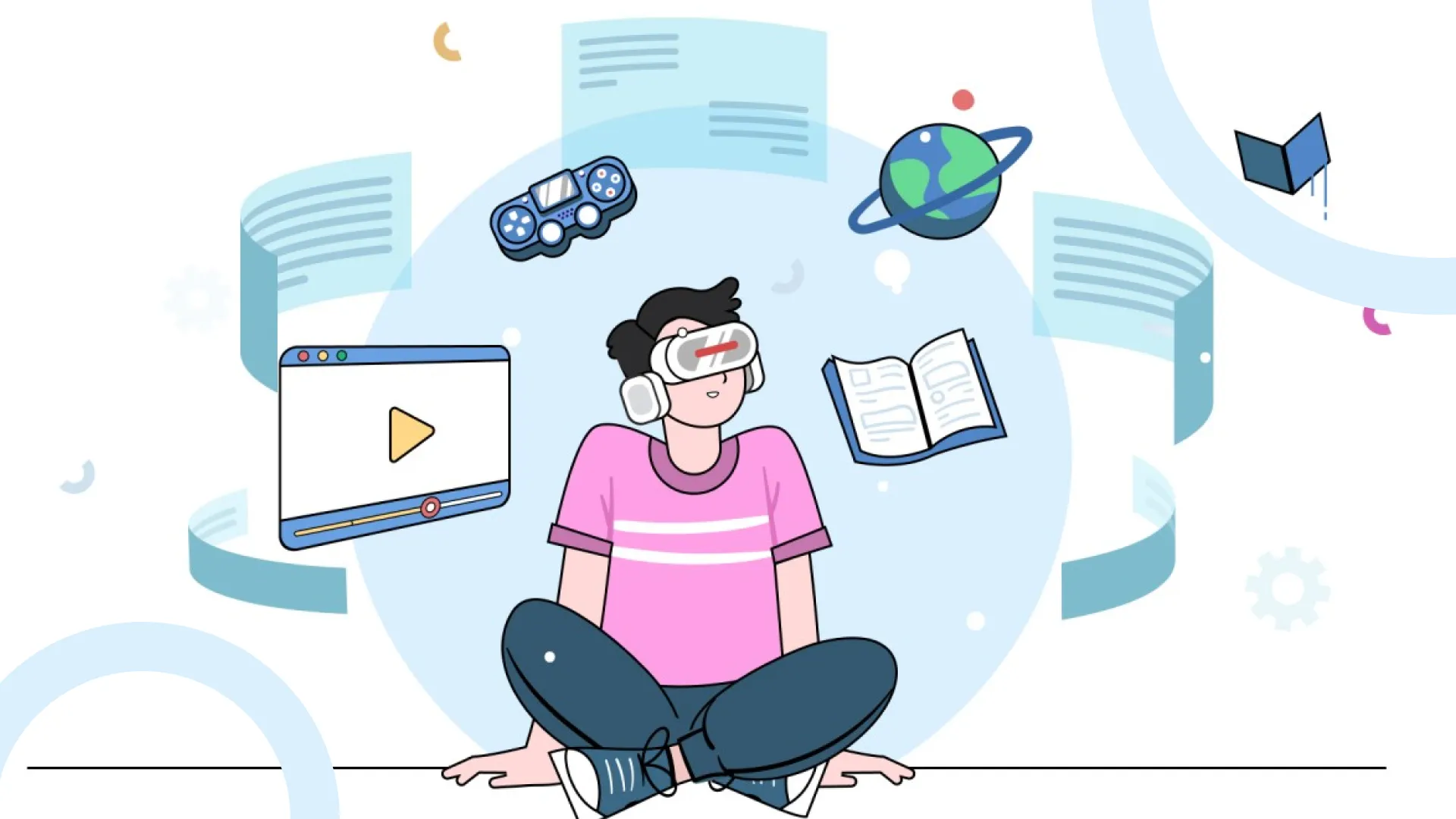
While Augmented Reality offers significant advantages, it also presents certain challenges such as the cost of AR-enabled devices and the need for teacher training.
However, many schools are addressing these hurdles through phased implementation, grant-based funding, and partnerships with ed-tech companies. Professional development workshops are also ensuring that educators are well-equipped to use AR tools effectively in the classroom.
As the technology becomes more widespread, hardware and software costs are likely to decline, making AR an accessible educational tool for more institutions.
The Future of AR in Education
![]()
Looking ahead, the role of augmented reality in learning is poised to expand even further. As curriculum developers begin to include AR content and national education policies embrace technology-driven approaches, AR will become a standard part of the school ecosystem.
The integration of AR with Artificial Intelligence and Virtual Reality is also expected to elevate educational delivery to new heights.
For boarding schools, which provide a controlled and tech-forward environment, the future of AR in education is especially bright. With the ability to support both curricular and co-curricular development, AR can truly redefine what it means to learn.
Conclusion
In conclusion, Augmented Reality is more than just a trend—it’s a revolutionary shift that is reshaping how students perceive and process information.
With pioneers like Shri Ram Centennial School Dehradun leading the way, AR is not only enhancing academic performance but also fostering a culture of curiosity, creativity, and confidence among students.
As technology continues to evolve, its thoughtful integration into education will ensure that students are not only ready for exams but also for the real world that awaits them.



